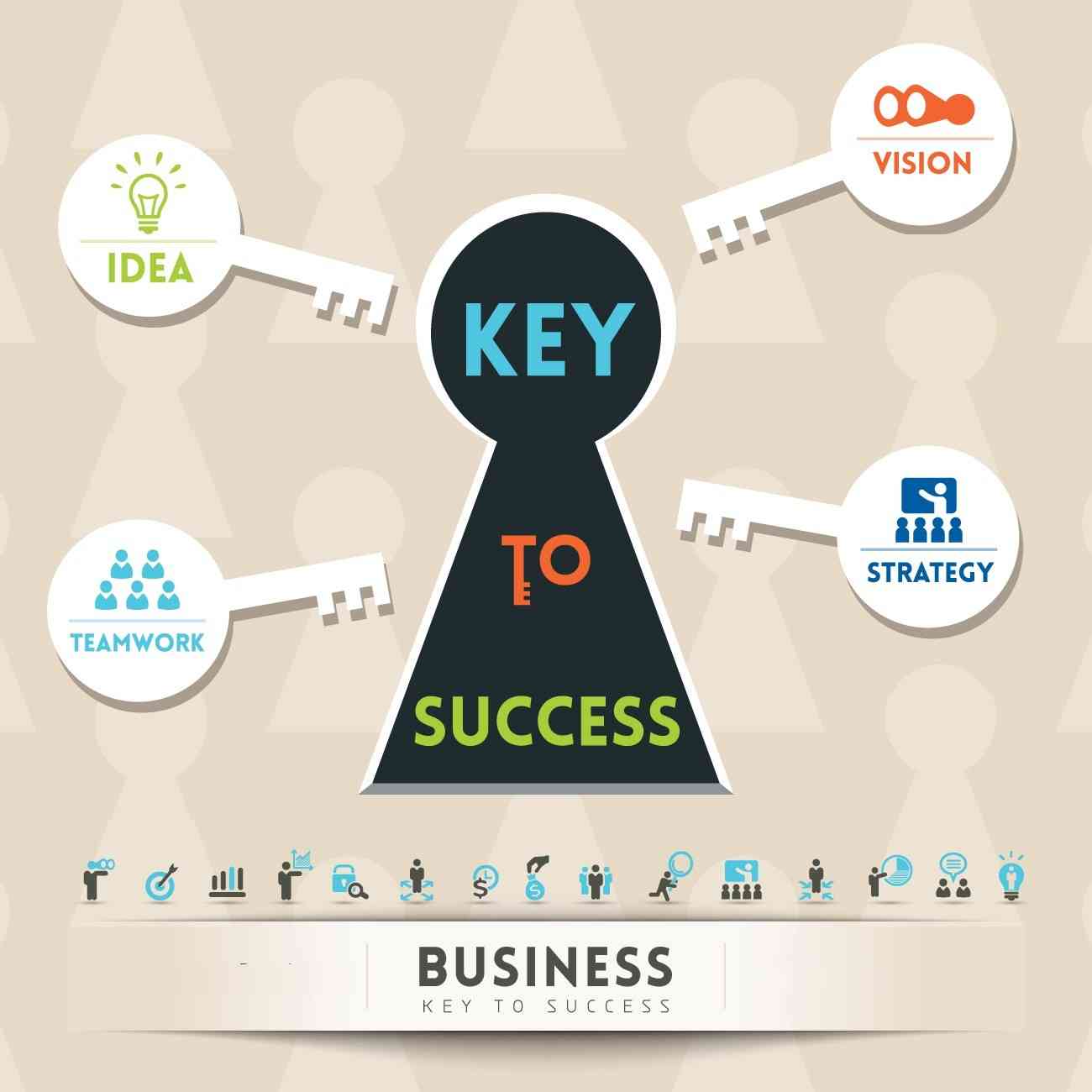Company culture development follows the guidance provided by C-level executives who function as leadership team leaders responsible for creating the navigational direction and directing employees through challenging circumstances to achieve desired cultural outcomes. Authentic culture shaping proceeds through deep, purposeful efforts which exist continuously, starting with management at the highest level of an organization. The following points explain the core responsibilities that C-level executives need to fulfil:
1. The organization's vision emerges from C-level executives who lead the vision by their daily actions.
The essential building blocks of culture comprise beliefs. Top-level executives are responsible for establishing guiding principles together with business mission and vision statements. Principles must become essential to leadership team conduct because they should stay beyond mere wall decoration. C-level executives need to walk the talk when it comes to supporting innovation because empty promotion of innovative ideas will become evident if leaders block new thinking. Being genuine is essential. The workforce shows excellent observation skills, which allow them to detect inconsistencies. Leaders must demonstrate the desired organizational culture in their daily decisions, interpersonal activities, and conduct. Leaders must embody the standards they wish their team members to follow through action.
2. Communicating and Reinforcing the Culture:
Company leadership needs to communicate the established culture to the organization persistently. The cultural message continues without interruption after its initial announcement. The organization's culture should be present in every aspect of internal communications, including performance reviews, new employee orientation, and the physical workplace. Corporate transparency can be achieved through open-door policies, informal feedback sessions, and regular town hall meetings, which ensure the cultural message remains clear. Executive leaders need to establish a system to recognize people who display exemplary values because this continuous recognition helps build desired workplace behaviours.
3. Creating the Right Environment:
Culture is more than just the collection of values; it requires the right environmental support to grow. Senior executives at the C-level hold the primary responsibility to help establish workplace support for its desired culture. Executive leaders must oversee every aspect that creates the workplace environment, including building design, system infrastructure, formal guidelines, and operational framework. The organization needs to fund open-plan office spaces and collaborative technological tools to achieve collaborative values. Organizations placing importance on work-life balance should establish flexible work hours and assist employees in disconnecting from workplace responsibilities after working hours. The workforce environment needs to represent the core beliefs of the organization.
4. Empowering and Trusting Employees:
Organizations with powerful cultures empower their members through sincere, trusting relationships. Senior executives must establish an organizational culture that promotes employee self-initiative and emotional workplace respect. Such an approach to leadership involves giving employees control through delegated work, psychological protection, and operational freedom. Staff members should feel assured to leave their comfort zone, use their ideas, and face failure without facing negative consequences. The feeling of empowerment alongside trust between employees and the organization results in increased motivation toward shared business goals.
5. Embracing Diversity and Inclusion:
A truly vibrant and successful culture embraces diversity and fosters inclusion. C-level executives must champion diversity at all levels of the organization, from hiring and promotion to leadership development. They must create an inclusive environment where everyone feels welcome, respected, and valued for their unique perspectives and contributions. This requires more than just ticking boxes; it demands a genuine commitment to creating a workplace where everyone feels they belong.
6. Adapting and Evolving the Culture:
Culture is not static; it's dynamic and needs to evolve with the changing times. C-level executives must be willing to adapt and adjust the company culture as needed. This requires staying attuned to employee feedback, industry trends, and societal shifts. They should be open to challenging the status quo and making changes to ensure the company culture remains relevant and practical.
7. Leading by Example:
Ultimately, their behaviour is C-level executives' most powerful tool in shaping company culture. They must lead by example, embodying the values and behaviours they want to see in their employees. Their actions speak louder than words. When authentic, transparent, and genuinely committed to the company's culture, leaders inspire others to follow suit.
Wrapping up
Shaping company culture is not a task to be delegated; it's a core responsibility of C-level executives. They are the architects, builders, and guardians of the company's culture. By setting the vision, communicating effectively, creating the right environment, empowering employees, embracing diversity, adapting to change, and leading by example, C-level executives can build a strong and thriving culture that attracts and retains top talent, drives innovation, and ultimately leads to business success. A strong culture is not just a nice-to-have; it's a must-have in today's competitive landscape. And it all starts at the top.
-black.png)










